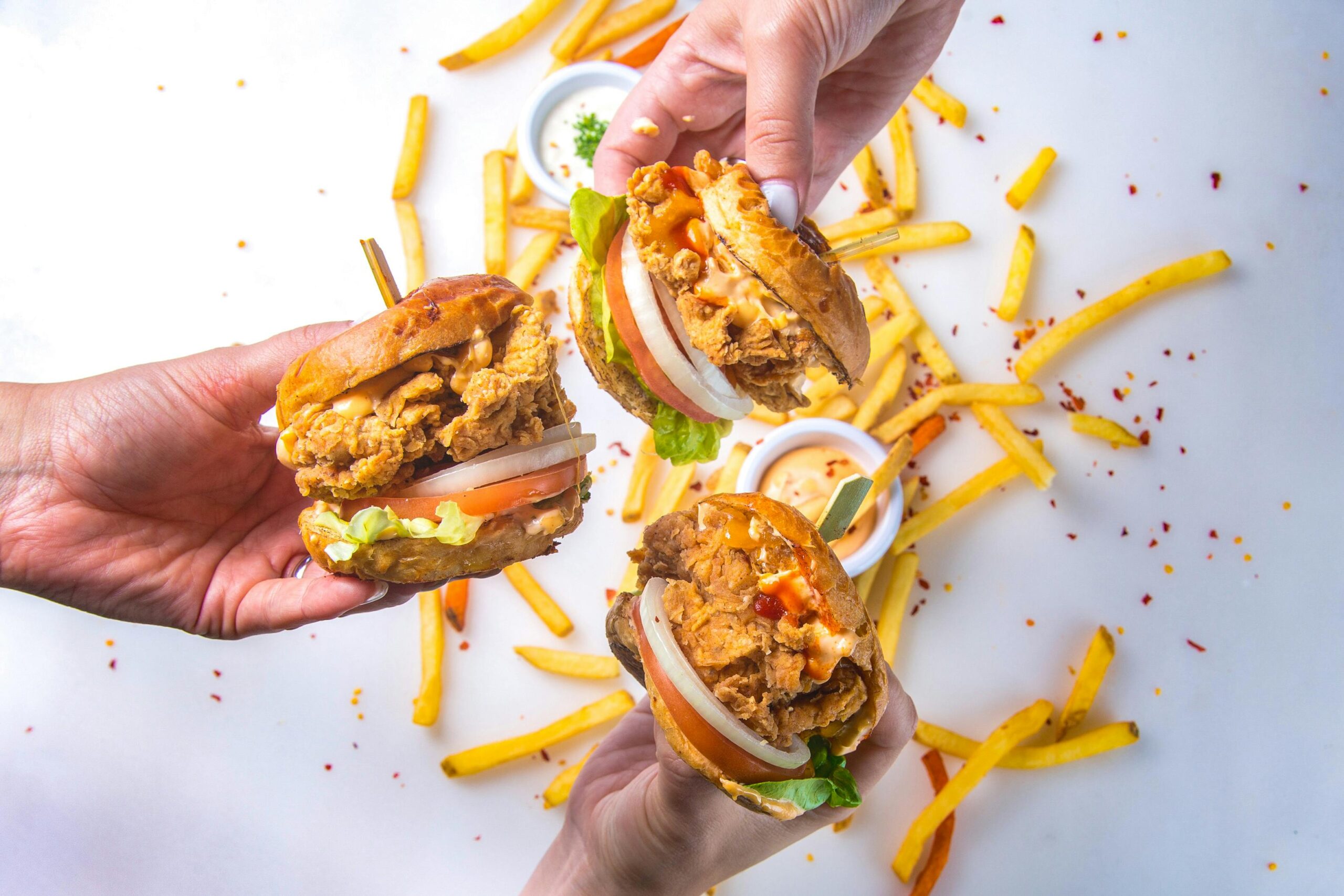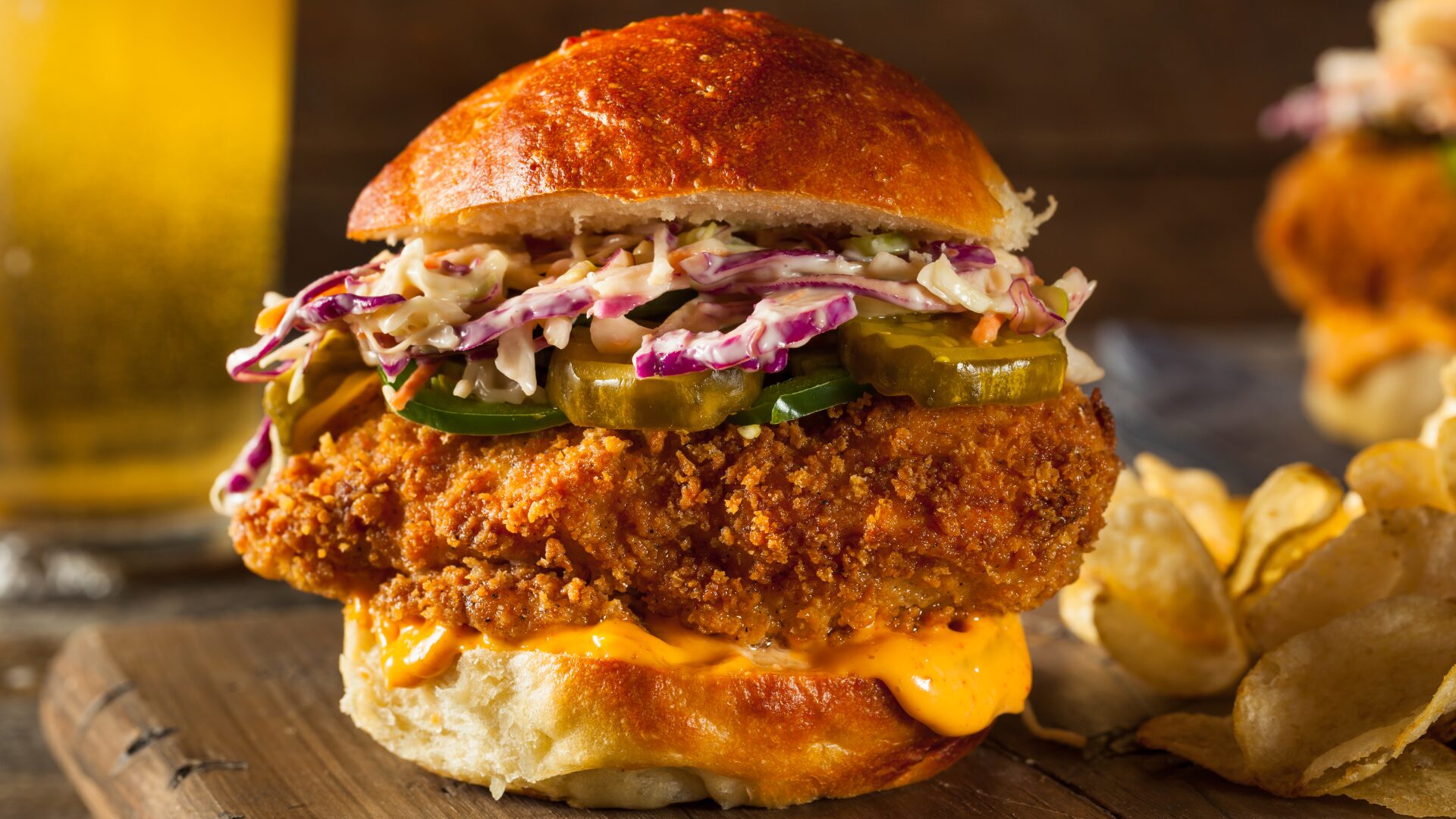Main points:
- Consumers are cooking at home and eating together more than they were in 2019
- Eating occasions are less likely to be sourced from restaurants, but when they are, more planning tends to be included
- Restaurant pick-up and ordering options that offer less personal contact have become more essential during COVID-19
COVID-19 has been impacting eating since it began. More consumers are eating at home, while restaurants are suffering as away-from-home occasions have been cut in half. The Hartman Group’s recent COVID-19’s Impact on Eating report provides insights on food consumption during the pandemic. Here are a few key observations.
At-Home Occasions
Restaurant closures and working from home resulted in a large increase in eating at-home, reaching 88% of all eating and drinking occasions in spring 2020—up 12% from 2019—while away-from-home occasions have been cut in half.
Gen X witnessed the largest decrease in the amount of at-work occasions, going from 10% of all eating in spring 2019 to 4% in spring 2020.
Significant increases were among morning snack, lunch, and afternoon snacks that previously took place at work, restaurants, or on-the-go. Dinners at-home also rose significantly mostly due to the decline of restaurant dining.
Since more families and couples are at home together, they are also eating more together. There has been a decline in alone eating as well as eating with friends. The decrease in alone occasions is driven by morning through lunch occasions, as occasions that previously occurred at work or on the go are now among family or significant others. However, after lunch, alone occasions have remained about the same.
Additionally, instead of replacing restaurant-sourced foods and beverages for ready-to-eat options, consumers are choosing to cook more. Shift in levels of preparation vary by daypart with dinner being more likely to involve heavy prep and lunch involving a moderate amount. Afternoon snacking occasions are more likely to involve ready-to-eat food and beverages.
In May, the NPD Group reported that sales of at-home cooking products were soaring. In the five weeks between March 15 and April 18, sales of electric pasta makers grew more than five times what they were a year ago, while breadmakers more than quadrupled sales.
Waffle irons, electric griddles, and rice cookers also experienced significant double-digit dollar growth in this five-week period.
However, more time spent cooking at home is tiring people out as 70% spent more time cooking and 33% much more time cooking, according to DoorDash’s Deep Dish report. Only 7% spent less time cooking. Twenty-five percent order more food when they order takeout so they have leftovers and 47% agree they are “tired of cooking for myself after three months of COVID-19 restrictions.”
Eating driven by boredom also increased, going from 4% of all occasions in 2019 to 7% in 2020. Consumption of ready-to-eat foods and beverages is the highest among afternoon and evening snacks when boredom plays a stronger role.
On the other hand, health is becoming a priority—particularly in the early morning. Thirty-three percent of all eating and drinking occasions are about basic health and well-being. Morning snacking are more likely to be focused on health compared to spring 2019.
The health crisis led to a heightened emphasis around the food-as-medicine approach alongside an increasing demand around functional foods and beverages that support health, specifically those geared towards immunity.
Interestingly, price sensitivity declined throughout the pandemic. One contributing factor is that while consumers are spending more at retail, the increase in not making up for the amount that used to be spent at restaurants, leaving some consumers with more disposable income.
Especially at the beginning of COVID-19, initial concerns led to consumers simply getting food/groceries into the house, and in some cases, price was less of a concern. Stocking up may have also played a role.
Foodservice
Eating occasions are less likely to be sourced from restaurants, but when they are, more planning tends to be included than prior to COVID-19.
Among sourced occasions, 24% of people decide to source from a restaurant several hours before, compared to 20% in 2019. Thirty percent do so less than an hour before, a 7% drop from the 37% who did so in 2019.
Twenty-four percent of occasions involve at least some food or beverage sourced from a restaurant, including delivery/takeout—down 6% from 2019.
Gen Z and Millennials remain significantly more likely than older generations to utilize restaurants, as well as parents who are more likely than non-parents to continue to use restaurants. Millennials are also much more likely than older generations to consider food delivery services an important attribute.
Going out to eat is the only activity the majority of younger consumers were willing to resume immediately following stay-at-home orders, according to a white paper from the American Egg Board. When asked about the pandemic’s effect on viewpoints or behaviors, 23% of Gen Z sees themselves going out to socialize with people or friends more as a result of the coronavirus, compared to 14% of consumers overall.
The top three criteria consumers rely on when choosing a restaurant are 1) ease of getting in and out quickly (23%), 2) if the restaurant prepares its own fresh food on site (20%), and 3) restaurants in closest proximity to them at the time (18%)—all of which increased since 2019.
Restaurant pick-up and ordering options that offer less personal contact have become more essential during COVID-19. When asked what they used when purchasing food, the top options were ordering ahead by phone, app, or site (37%), using a drive-thru window (36%), and ordering through electronic kiosk (17%).
Fast food chains specifically are seeing the benefits from shifting to takeout, drive-thru, and delivery, reported The Wall Street Journal (July 29). For example, Restaurant Brands International (RBI)—which owns Burger King, Tim Hortons, and Popeyes-boosted its digital offerings and delivery services. “COVID acted as an accelerator for some of the trends that we already identified in our strategy,” said Matthew Dunnigan, CFO of RBI.
The company relied on its digital sales when the pandemic hit, according to Dunnigan. RBI extended curbside pickup, drive-thru, and delivery.
Restaurants are also increasing their actions around employee welfare, particularly around commitments to ensure health and safety of employees.
A survey from Inspire PR Group in April echoed this with the majority of people surveyed wanting grocery stores and restaurants to require employees wear face masks and to encourage social distancing.












